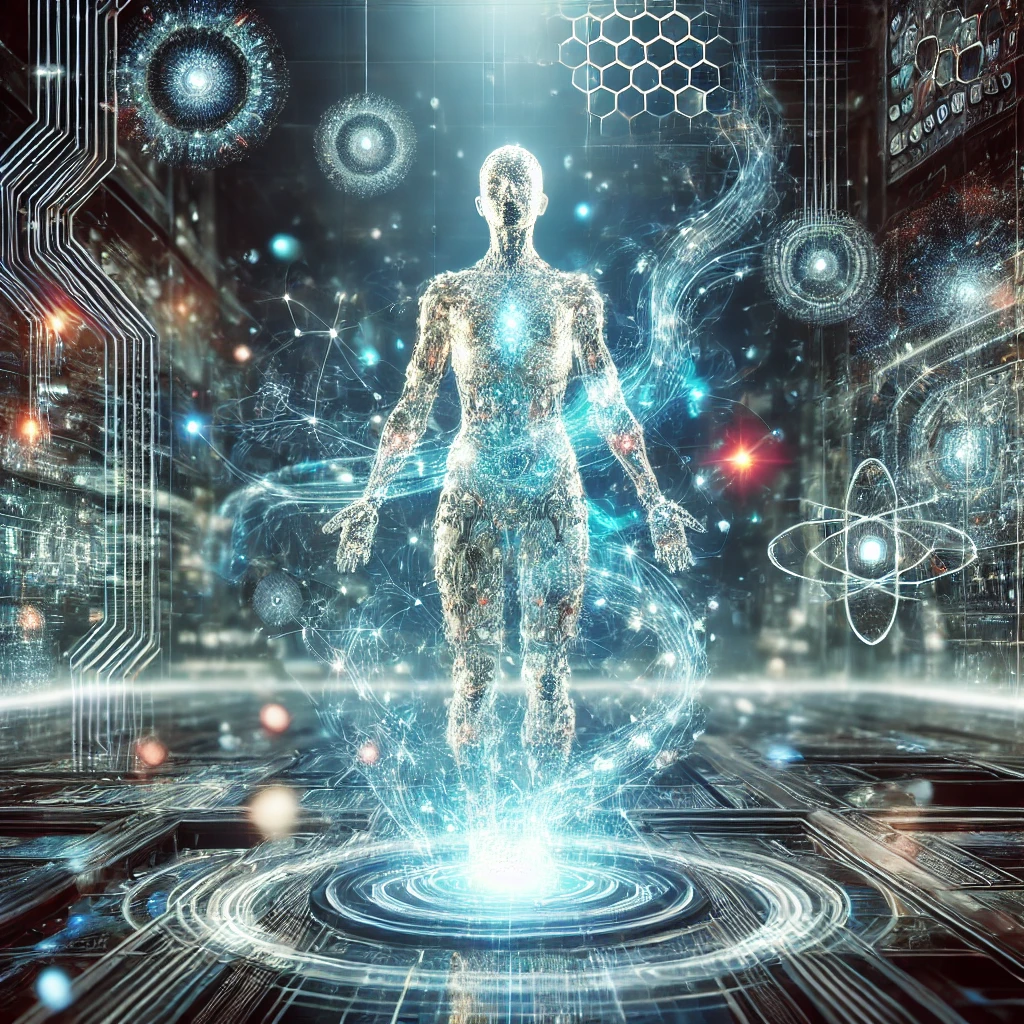Artificial intelligence (AI) is advancing rapidly, with a growing emphasis on systems that can learn, adapt, and improve themselves without human intervention. These self-improving AIs represent a major leap forward, as they can refine their algorithms, optimize their performance, and solve increasingly complex problems over time.
What Are Self-Improving AIs?
Self-improving AIs are systems capable of autonomously enhancing their capabilities by:
- Learning from Data: Leveraging new datasets to refine models.
- Optimizing Algorithms: Experimenting with variations in their code to enhance efficiency or accuracy.
- Adapting to New Challenges: Adjusting their approach when faced with novel or unforeseen problems.
- Developing New Knowledge: Generating insights and creating new methods that outperform their initial programming.
This ability allows self-improving AIs to evolve in ways that exceed their initial design.
How Do Self-Improving AIs Work?
- Feedback Loops: These AIs operate on feedback mechanisms that evaluate their performance and identify areas of improvement. For instance:
- Reward Systems: Using reinforcement learning, the AI rewards itself for actions that lead to desired outcomes.
- Error Minimization: Neural networks refine their parameters to reduce errors in predictions or classifications.
- Meta-Learning (Learning to Learn): A meta-learning framework enables the AI to optimize its learning process itself, making it more efficient in adapting to new tasks or datasets.
- Automated Code Optimization: Some AIs analyze their own source code to identify inefficiencies, rewrite algorithms, or propose alternative strategies.
- Resource Optimization: Self-improving AIs learn to allocate computing resources more efficiently, balancing speed and accuracy for specific tasks.
Current Self-Improving AIs
Here are some prominent examples of self-improving AI systems:
- OpenAI’s GPT Models
- How It Works: GPT continuously learns from new user interactions and datasets. Reinforcement learning with human feedback (RLHF) helps refine its outputs.
- Problems Solved: Natural language processing, content generation, translation, and more.
- AlphaZero by DeepMind
- How It Works: AlphaZero starts with basic rules of games like chess or Go and self-improves by playing millions of games against itself.
- Problems Solved: Mastering strategic planning, decision-making, and problem-solving in structured environments.
- AutoML by Google
- How It Works: AutoML uses neural architecture search to optimize machine learning models automatically.
- Problems Solved: Simplifies machine learning model creation for users with minimal technical expertise.
- Neural Architecture Search (NAS) Systems
- How It Works: NAS systems generate, test, and improve their architectures to find optimal neural network designs.
- Problems Solved: Optimizes neural network performance across various tasks, including image recognition and speech processing.
- Adaptive Cybersecurity AIs (e.g., Darktrace)
- How It Works: These systems learn and adapt to new types of cyber threats in real-time.
- Problems Solved: Protects networks from evolving security vulnerabilities and cyberattacks.
- PathAI
- How It Works: Continuously learns to improve its accuracy in identifying diseases from medical images.
- Problems Solved: Enhances diagnostic precision in pathology.
Problems Solved by Self-Improving AIs
- Complex Decision-Making:
Self-improving AIs analyze vast datasets and scenarios to make informed decisions, often outperforming human experts. - Personalization:
These systems tailor solutions based on individual preferences and behaviors, as seen in recommendation engines and personal assistants. - Autonomous Systems:
Self-improvement enables autonomous vehicles, drones, and robots to adapt to new environments and challenges. - Scientific Research:
Self-improving AIs accelerate discoveries by analyzing data, generating hypotheses, and testing them with minimal human input. - Healthcare Advancements:
From drug discovery to patient diagnosis, self-improving AIs optimize processes and improve accuracy.
Challenges and Ethical Considerations
- Unpredictability:
Self-improving systems can develop behaviors or solutions that are hard to interpret or control. - Bias Amplification:
Without careful oversight, self-improving AIs might reinforce biases present in their training data. - Security Risks:
If exploited, these systems could evolve in harmful ways, potentially creating sophisticated cyber threats. - Autonomy and Accountability:
The ability of these systems to operate independently raises questions about responsibility and regulation.
The Future of Self-Improving AIs
The potential of self-improving AIs is immense. As these systems become more sophisticated, they will likely revolutionize fields ranging from education to climate modeling. However, their development must be guided by ethical frameworks and rigorous oversight to ensure that their evolution benefits humanity as a whole.
By continuously learning and adapting, self-improving AIs are setting the stage for a new era of innovation. As they tackle ever-more complex problems, they promise to become indispensable tools in shaping the future.
[SEO optimized]
